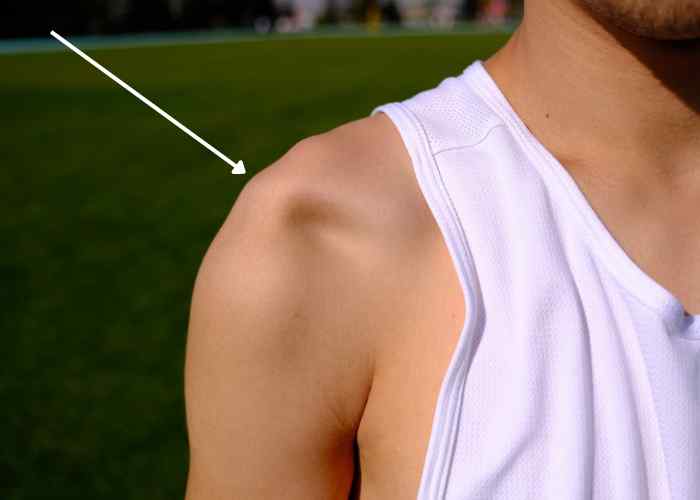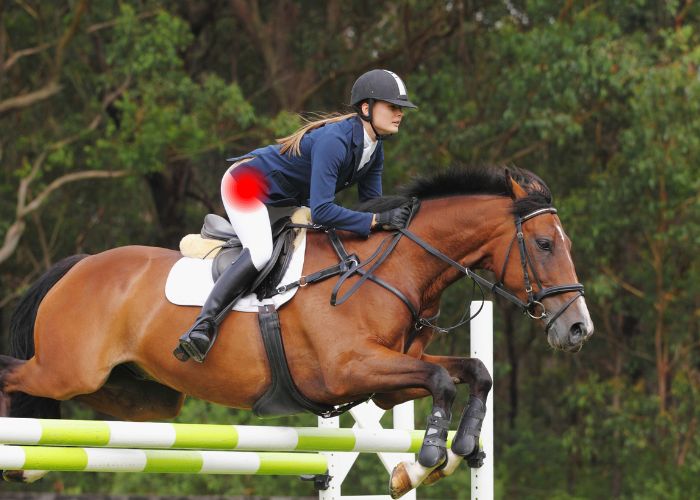Schedule an Appointment with a Shoulder Dislocation/Instability Surgeon

Have you suffered a dislocated shoulder? Do you have pain in your shoulder joint, the feeling of the shoulder being unstable, or do you have repeated shoulder dislocations? If non-surgical therapies have failed to alleviate symptoms of a dislocated shoulder, you may need surgical intervention. Shoulder dislocation and instability surgeon, Doctor Ronak Mukesh Patel, provides diagnosis as well as several surgical treatment options for patients in Houston, Sugar Land, and Pearland, TX who are experiencing shoulder instability or recurrent shoulder dislocations. Contact Dr. Patel’s team today!
What is a shoulder dislocation?
The shoulder girdle contains three main joints: the acromioclavicular, the glenohumeral, and the sternoclavicular joints. In a shoulder dislocation, the glenohumeral joint is affected. This shoulder joint is formed by the articulation of the head of the humerus (upper arm bone) into the glenoid socket of the scapula (shoulder blade). A substantial force to the shoulder from a sports-related injury or motor vehicle collision can cause a forward, backward, or downward separation of the humeral head from the glenoid socket. Immediate medical attention is strongly advised if a shoulder dislocation is suspected.

What is shoulder instability?
Although the ball-and-socket configuration of the glenohumeral joint enables a wide range of motion, the surrounding soft tissue restraints do not provide adequate stability in maintaining the humeral head within the glenoid socket. A shoulder joint dislocation can result in damage to these soft-tissue restraints thereby further weakening the ability to stabilize the shoulder. These weakened tissues often increase the likelihood of recurrent shoulder dislocations. Athletes that participate in sports such as football, basketball, lacrosse, rugby, and volleyball, are more vulnerable to experiencing shoulder instability. Dr. Ronak Mukesh Patel, orthopedic shoulder doctor, treats patients in Sugar Land, Pearland, and the Houston, Texas area who have experienced a shoulder dislocation or shoulder instability and are in need of a surgical repair.
What are the available treatment options for a shoulder dislocation or shoulder instability?
In the event of a shoulder dislocation, the primary concern is manipulating the humeral head back into the glenoid socket of the scapula. This should only be performed by a professional with experience in this joint reduction technique. Dr. Patel will then evaluate the patient’s age, medical history, activity level, and desired recovery outcomes to design an individualized treatment plan. Patients with mild shoulder instability may benefit from non-surgical therapies alone. These include shoulder joint immobilization with a sling, avoiding or limiting activities that worsen symptoms, and non-steroidal anti-inflammatory medications (NSAIDs).
However, initial non-surgical treatment measures may fail to alleviate symptoms for patients with more severe shoulder instability. These individuals often require surgical intervention to restabilize the shoulder joint. There are a number of surgical techniques available to treat shoulder instability from recurrent shoulder dislocations, as discussed below:
Arthroscopic Shoulder Stabilization
A minimally invasive surgical procedure can be performed to restabilize the shoulder joint. This arthroscopic technique involves a small camera (arthroscope) and specialized surgical instruments to evaluate the damaged tissue in the shoulder joint. Special surgical anchors secured within the bone are implemented to fasten the healthy tissues (labrum and capsule) to the glenoid socket of the scapula.
Open Shoulder Stabilization
Dr. Patel may prefer an open surgical approach over an arthroscopic approach for patients with recurrent or chronic shoulder dislocations, high-risk contact athletes, hyper-laxity (“loose jointed”) disorders, or those with a failed shoulder joint reduction. An open shoulder stabilization implements a slightly larger incision which enables Dr. Patel to visualize the entire shoulder joint while conducting the necessary revisions for a robust repair.
Capsular Shift
Another effective surgical approach for improving shoulder instability is a capsular shift. This open surgical approach involves splitting the shoulder joint capsule and suturing the overlapping tissues. The tightening of these tissues reinforces and reduces the overall volume of the shoulder joint capsule.
Latarjet Procedure
Developed by Dr. Michel Latarjet in 1954, the open Latarjet procedure deepens the glenoid socket by restoring the glenoid bone loss, rearranges the surrounding tendons into a sling-like formation, and then anchors them to the anterior shoulder. This procedure is typically reserved for those patients with recurrent dislocations and glenoid bone loss, high-risk athletes, or failed prior shoulder stabilization surgeries. Patients that have elected for the open Latarjet procedure have been shown to have better Rowe scores (an internationally recognized scoring system) and shoulder stability over a 6-year period.
Distal Tibial Allograft Glenoid Reconstruction
Damage to the bony rim of the glenoid socket can add to any existing shoulder instability and prolong this condition. In a distal tibial allograft glenoid reconstruction, the distal portion of the tibia (shin bone) is obtained from a cadaver tissue bank and precisely shaped to the patient’s specific joint defect. The introduction of this individualized anatomical bone and cartilage graft into the shoulder can aid in restoring the surrounding bone and articular cartilage to restore shoulder stability. This surgical technique is reserved for patients with large joint defects, glenoid bone loss that is greater than 20-25%, or those who have failed previous joint revision procedures including the Latarjet procedure.








